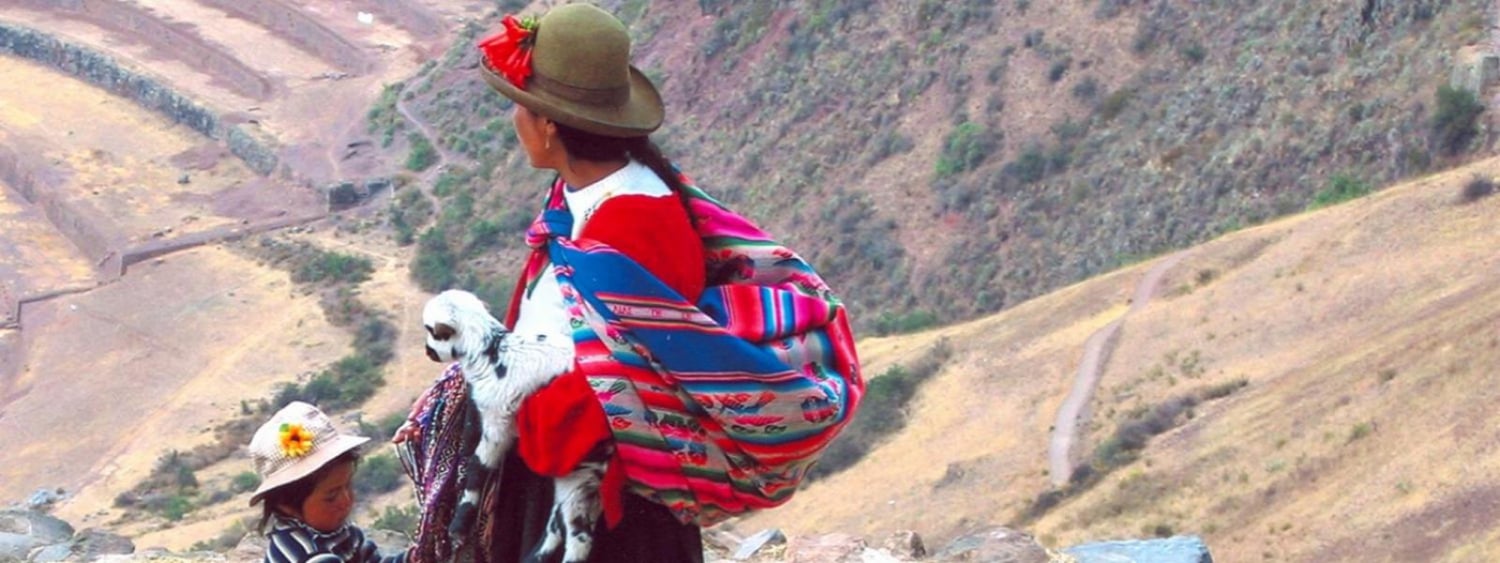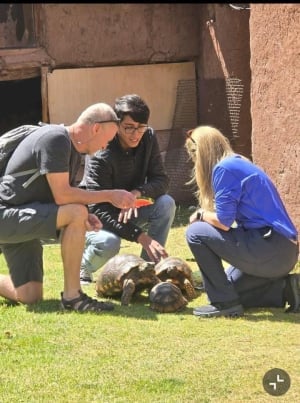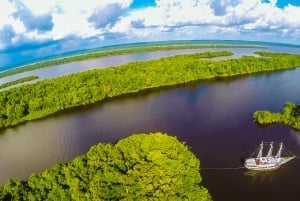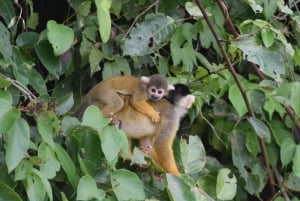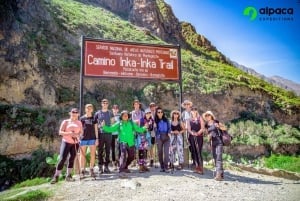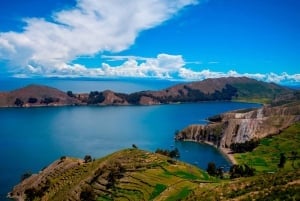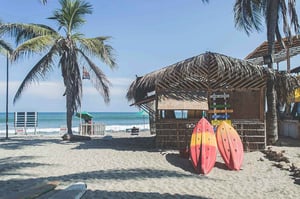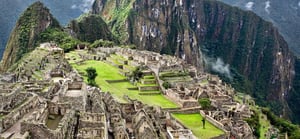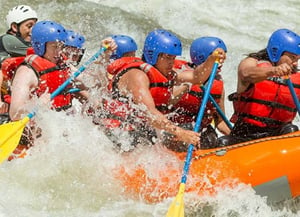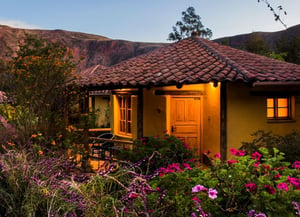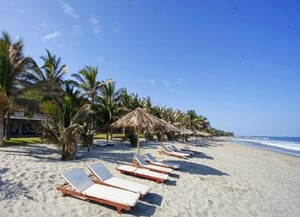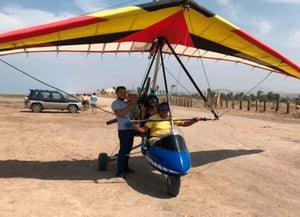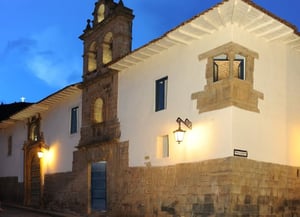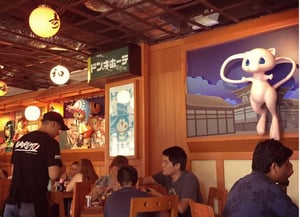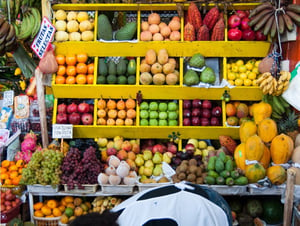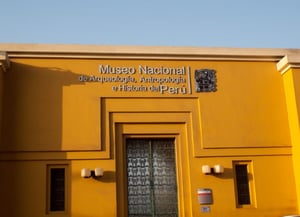Indigenous rights
Within the next few decades Peru's jungle tribes may cease to exist as independent cultural and racial entities in the face of persistent and increasing pressure from external colonization. The indigenous people of the Peruvian jungles are being pushed off their land by an endless combination of slash-and-burn colonization, big oil companies, gold miners, timber extractors and coca-growing farmers organized by drug-trafficking barons and, at times, "revolutionary" political groups.
All along the main rivers and jungle roads, settlers are flooding into the area. In their wake, forcing land title agreements to which they have no right, are the main timber companies and multinational oil corporations. In large tracts of the jungle the fragile selva ecology has already been destroyed; in others the tribes have been more subtly disrupted by becoming dependent on outside consumer goods and trade or by the imposition of evangelical proselytizing groups, and the Indian way of life is being destroyed.
The first Law of Native Communities , introduced in 1974, recognized the legal right of indigenous peoples to own lands that were held collectively and registered as such with the Ministry of Agriculture. Despite this recognition, however, the military government of the time wasn't trying to stop colonization. Such land titling as did occur was a two-edged sword - whilst it guaranteed a secure land base to some communities, it implied that land not so titled was unavailable to them, effectively making it available to colonization.
However, as the most significant legal tool they had in the 1970s, land rights legislation was adopted by the indigenous communities to help protect their territory, even if the creation of native communities as legal entities represented the imposition of a non-indigenous socio-political structure. New self-determination groups sprang up throughout the 1970s and 1980s, such as the Inter-ethnic Association for the Development of the Peruvian Amazon (AIDESEP) and the Coalition of Indigenous Nationalities of the Peruvian Amazon (CONAP). Since then more regional political structures have been established, usually based on natural geographical boundaries such as rivers. These function as intermediaries between the community and the national levels of Amazonian political organization.
In 1999, a new law was drafted claiming to be for the conservation, sustainable development and respect for indigenous communities. Received with dismay by all the major organizations working in these fields, there were immediate strikes and protests throughout the Amazon region. However, it actually seemed to sidestep these basic issues and appeared to encourage investment in large-scale developments without regard for environmental issues, introducing tax breaks for private investors while failing to give the same benefits to locals. There appeared to have been no consultation with the regions involved, let alone with conservation organizations or the political organs of the indigenous population


